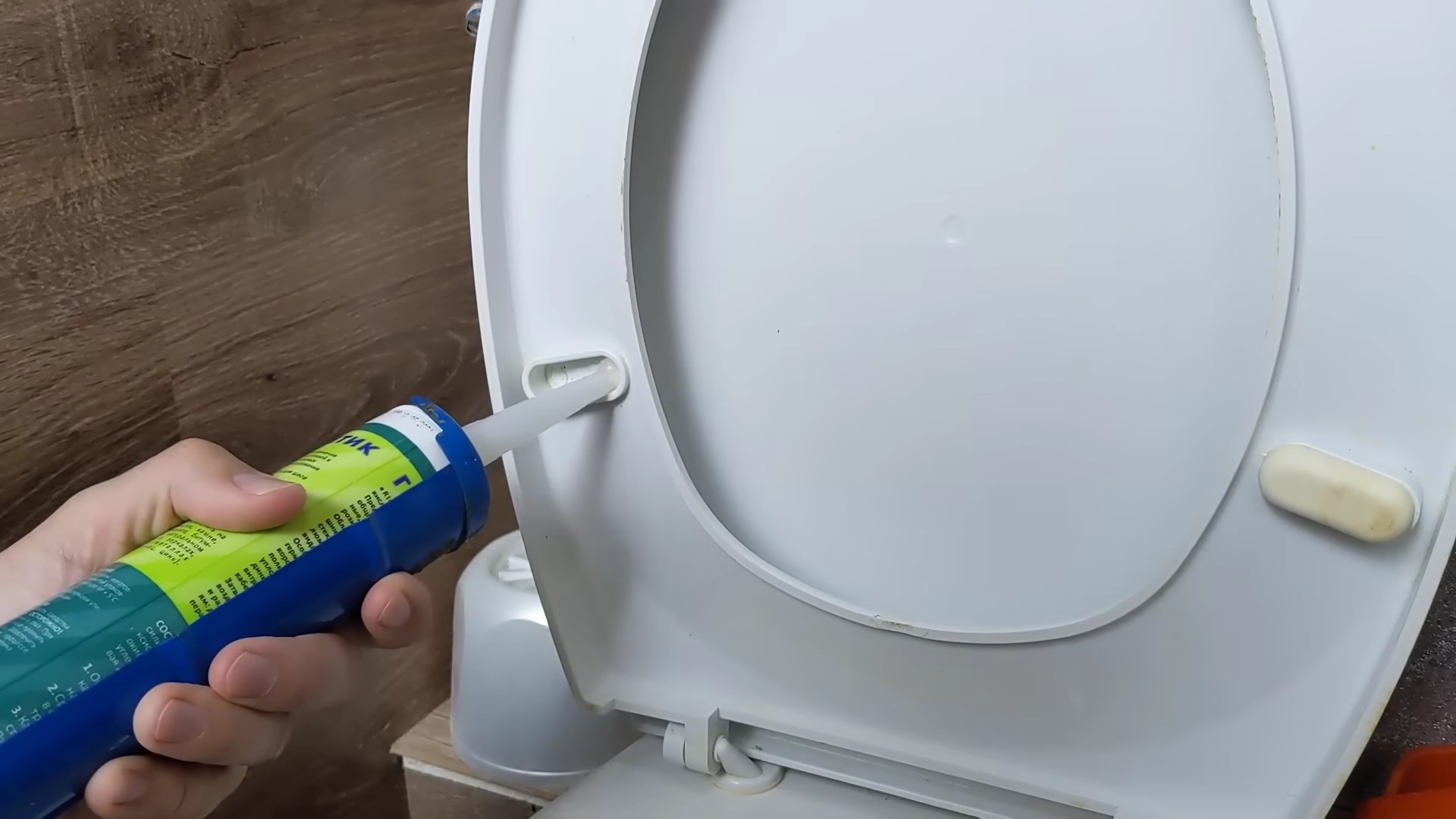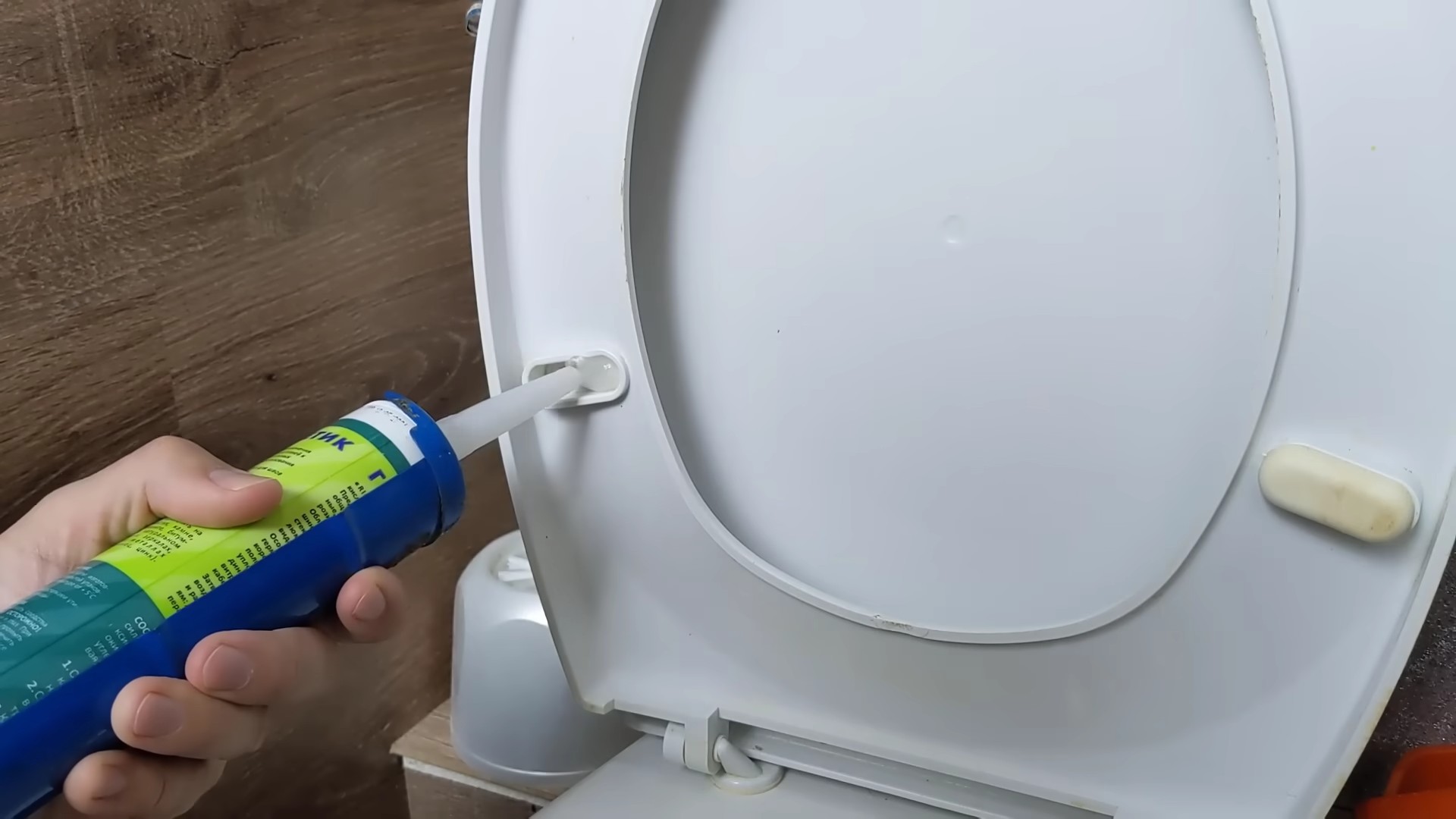Uncommon home improvement tips can be the secret weapon you need to transform your living space from ordinary to extraordinary! Are you tired of seeing the same old cookie-cutter designs in every home decor magazine? Do you crave a space that truly reflects your unique personality and style? Well, you’re in the right place! I’m about to share some game-changing DIY tricks that will not only elevate your home’s aesthetic but also save you a ton of money.
Throughout history, people have always sought ways to personalize their homes, using ingenuity and resourcefulness to create comfortable and beautiful environments. From repurposing materials to crafting unique decor, the spirit of DIY has been a constant thread in human culture. Today, with a renewed focus on sustainability and individuality, uncommon home improvement tips are more relevant than ever.
Let’s face it, hiring professionals for every little home project can quickly drain your bank account. Plus, who knows your home better than you do? These DIY hacks are designed to empower you to take control of your living space, express your creativity, and achieve stunning results without breaking the bank. Get ready to unlock your inner designer and discover the joy of transforming your house into a home you truly love!

Uncommon Home Improvement Tips: Elevate Your Space with These DIY Hacks!
Okay, let’s dive into some seriously cool and slightly unconventional home improvement tips that will not only make your space look amazing but also save you some serious cash. Forget the standard paint job and new throw pillows (though those are nice too!). We’re going for unique, impactful, and budget-friendly. Get ready to unleash your inner DIY guru!
Creating a Faux Built-In Bookshelf
Tired of those generic, freestanding bookshelves? Let’s make them look like they’re actually *part* of your house! This hack is all about creating the illusion of a custom built-in, and it’s surprisingly easy.
What You’ll Need:
* Existing bookshelves (preferably the same height and depth)
* Paint (same color as your wall or a complementary shade)
* Wood filler
* Sandpaper (various grits, from coarse to fine)
* Caulk
* Caulk gun
* Measuring tape
* Level
* Screws
* Drill
* Trim molding (various styles to match your existing trim)
* Construction adhesive
* Miter saw (or hand saw and miter box)
* Paintbrushes and rollers
* Primer (optional, but recommended)
Step-by-Step Instructions:
1. Prep the Area: First things first, clear the area where you want your “built-in” to live. Remove any baseboards or trim that will be in the way. Give the wall a good cleaning to ensure proper adhesion of the caulk and construction adhesive.
2. Position and Secure the Bookshelves: Arrange your bookshelves side-by-side against the wall. Use a level to make sure they’re perfectly straight. This is crucial! Once you’re happy with the placement, screw the bookshelves together to create a single, solid unit. Then, screw the entire unit into the wall studs for extra stability. This is super important, especially if you have kids or pets!
3. Fill the Gaps: Now, for the magic! Use wood filler to fill any gaps between the bookshelves and any screw holes. Let the wood filler dry completely according to the manufacturer’s instructions.
4. Sand it Smooth: Once the wood filler is dry, sand it down until it’s flush with the surface of the bookshelves. Start with a coarser grit sandpaper and gradually move to a finer grit for a super smooth finish. Wipe away any sanding dust with a damp cloth.
5. Caulk the Seams: Apply caulk along the seams where the bookshelves meet the wall and the floor. This will create a seamless look and hide any imperfections. Smooth the caulk with your finger or a damp cloth for a professional finish.
6. Prime and Paint: If you’re painting the bookshelves a different color than they already are, apply a coat of primer first. This will help the paint adhere better and provide a more even finish. Once the primer is dry, paint the bookshelves and the wall behind them the same color. This is key to creating the built-in illusion! Use multiple thin coats of paint for the best results.
7. Add Trim Molding: This is where the real transformation happens! Measure and cut the trim molding to fit around the top, sides, and bottom of the bookshelves. Use a miter saw to cut the corners at a 45-degree angle for a clean, professional look. Apply construction adhesive to the back of the trim molding and attach it to the bookshelves. Use finishing nails to secure the trim in place while the adhesive dries.
8. Finishing Touches: Fill any nail holes with wood filler, sand them smooth, and touch up the paint. Caulk any gaps between the trim molding and the bookshelves or the wall. And that’s it! You’ve created a stunning faux built-in bookshelf that looks like it was always meant to be there.
Upcycling Old Doors into a Headboard
Don’t toss that old door! With a little creativity, you can transform it into a unique and stylish headboard. This is a fantastic way to add character to your bedroom and give a discarded item a new lease on life.
What You’ll Need:
* An old door (solid wood is best)
* Sandpaper (various grits)
* Paint or stain (your choice)
* Paintbrushes or rags
* Sealer (optional, but recommended)
* Measuring tape
* Saw (circular saw or hand saw)
* Wood screws
* Drill
* Mounting hardware (D-rings or French cleats)
* Level
Step-by-Step Instructions:
1. Prep the Door: Start by cleaning the door thoroughly. Remove any hardware, such as doorknobs or hinges. Sand the door to remove any old paint or varnish and create a smooth surface for painting or staining. Start with a coarser grit sandpaper and gradually move to a finer grit.
2. Cut to Size (Optional): Depending on the size of your bed and the door, you may need to cut the door to size. Measure the width of your bed frame and mark the desired width on the door. Use a saw to cut the door to the correct size.
3. Paint or Stain: Now for the fun part! Choose your favorite paint or stain and apply it to the door. If you’re painting, use multiple thin coats for the best results. If you’re staining, apply the stain with a rag and wipe off the excess. Let the paint or stain dry completely according to the manufacturer’s instructions.
4. Add a Sealer (Optional): To protect the paint or stain and make the headboard more durable, apply a coat of sealer. This is especially important if you’re using a light-colored paint or stain, as it will help prevent it from getting dirty.
5. Attach Mounting Hardware: Decide how you want to mount the headboard to the wall. You can use D-rings or French cleats. D-rings are easier to install, but French cleats provide a more secure and level mount. Attach the mounting hardware to the back of the headboard according to the manufacturer’s instructions.
6. Mount the Headboard: Use a level to mark the desired height of the headboard on the wall. Attach the corresponding mounting hardware to the wall. Carefully lift the headboard and attach it to the wall. Make sure it’s level and secure.
7. Enjoy Your New Headboard! Step back and admire your handiwork! You’ve transformed an old door into a stunning and unique headboard that will add character to your bedroom.
Creating a Hidden Storage Bench
Need extra seating and storage? This hack combines both into one stylish and functional piece of furniture. We’re talking about turning an old dresser or cabinet into a comfy and discreet storage bench.
What You’ll Need:
* An old dresser or cabinet (sturdy and in good condition)
* Sandpaper (various grits)
* Paint or stain (your choice)
* Paintbrushes or rags
* Sealer (optional, but recommended)
* Wood screws
* Drill
* Plywood (for the seat)
* Foam padding
* Fabric (for the seat cover)
* Staple gun
* Staples
* Hinges (for the seat)
* Handles or knobs (optional)
Step-by-Step Instructions:
1. Prep the Dresser/Cabinet: Remove the drawers from the dresser or cabinet. Clean the dresser/cabinet thoroughly. Sand the dresser/cabinet to remove any old paint or varnish and create a smooth surface for painting or staining. Start with a coarser grit sandpaper and gradually move to a finer grit.
2. Paint or Stain: Choose your favorite paint or stain and apply it to the dresser/cabinet. If you’re painting, use multiple thin coats for the best results. If you’re staining, apply the stain with a rag and wipe off the excess. Let the paint or stain dry completely according to the manufacturer’s instructions.
3. Add a Sealer (Optional): To protect the paint or stain and make the bench more durable, apply a coat of sealer.
4. Create the Seat: Measure the top of the dresser/cabinet and cut a piece of plywood to the same size. This will be the base of the seat.
5. Add Foam Padding: Cut a piece of foam padding to the same size as the plywood. Attach the foam padding to the plywood using spray adhesive or staples.
6. Cover the Seat: Cut a piece of fabric that’s large enough to cover the seat with a few inches of extra fabric on all sides. Place the fabric face down on a flat surface. Center the seat on top of the fabric. Fold the edges of the fabric over the edges of the plywood and staple them in place using a staple gun. Pull the fabric taut as you staple to create a smooth, wrinkle-free finish.
7. Attach the Seat

Conclusion
So, there you have it! These uncommon home improvement tips aren’t just about saving money; they’re about unlocking your creativity and transforming your living space into a reflection of your unique personality. We’ve explored how to repurpose everyday items, tackle often-overlooked areas, and inject a dose of ingenuity into your home.
But why is this DIY approach a must-try? Because it empowers you. It gives you control over your environment, allowing you to customize and personalize in ways that mass-produced solutions simply can’t. Imagine the satisfaction of knowing that the stunning headboard in your bedroom was crafted from reclaimed wood, or that the charming storage solution in your entryway was born from a simple ladder. These aren’t just improvements; they’re stories, conversations starters, and tangible expressions of your resourcefulness.
Beyond the inherent satisfaction, these tips offer significant cost savings. In a world where home improvement projects can quickly drain your bank account, embracing DIY allows you to achieve remarkable results without breaking the bank. You’re not just saving money; you’re investing in your skills and creating lasting value.
Ready to take your home improvement game to the next level?
Consider these variations to further personalize your projects:
* **Upcycled Lighting:** Instead of a standard lamp, try transforming vintage teacups into whimsical pendant lights or repurposing old bottles into unique table lamps. The possibilities are endless!
* **Pallet Furniture with a Twist:** While pallet furniture is popular, add your own flair by incorporating mosaic tiles, stenciled designs, or even integrated lighting.
* **Hidden Storage Solutions:** Think beyond the obvious. Create hidden compartments behind mirrors, under stairs, or even within hollowed-out books.
* **Personalized Wall Art:** Instead of buying generic prints, create your own using pressed flowers, fabric scraps, or even your children’s artwork. Frame them in mismatched frames for an eclectic look.
* **Repurposed Textiles:** Old curtains can become cushion covers, tablecloths can be transformed into tote bags, and worn-out sweaters can be upcycled into cozy blankets.
These are just a few ideas to spark your imagination. The key is to look at everyday objects with a fresh perspective and see the potential for transformation. Don’t be afraid to experiment, to make mistakes, and to learn from the process. That’s where the real magic happens.
We wholeheartedly encourage you to try these uncommon home improvement tips. Start small, choose a project that excites you, and dive in. You might be surprised at what you can accomplish. And most importantly, don’t forget to share your experiences with us! We’d love to see your before-and-after photos, hear your stories, and learn from your creative solutions. Share your projects on social media using #DIYHomeImprovement and inspire others to embrace the power of DIY. Let’s build a community of resourceful homeowners who are transforming their spaces, one project at a time.
FAQ
Frequently Asked Questions About Uncommon Home Improvement
Q: I’m a complete beginner when it comes to DIY. Are these tips suitable for me?
A: Absolutely! Many of these uncommon home improvement tips are designed to be beginner-friendly. Start with a simple project, like repurposing old jars into storage containers or creating a gallery wall with mismatched frames. The key is to choose a project that you feel comfortable with and to take it one step at a time. There are tons of online tutorials and resources available to guide you through the process. Don’t be afraid to ask for help or to experiment. Remember, everyone starts somewhere!
Q: Where can I find the materials for these DIY projects?
A: One of the best things about these tips is that they often involve repurposing items you already have around the house. Check your attic, basement, and garage for forgotten treasures. You can also find great deals at thrift stores, flea markets, and garage sales. Online marketplaces like Craigslist and Facebook Marketplace are also excellent sources for affordable materials. Don’t be afraid to get creative and think outside the box!
Q: How can I ensure the safety of my DIY projects?
A: Safety should always be your top priority. Before starting any project, make sure you have the necessary safety equipment, such as gloves, goggles, and a dust mask. Read all instructions carefully and follow them precisely. If you’re working with power tools, be sure to familiarize yourself with their proper use and safety precautions. If you’re unsure about any aspect of the project, don’t hesitate to seek advice from a professional.
Q: What if I make a mistake?
A: Mistakes are a natural part of the DIY process. Don’t get discouraged! Instead, view them as learning opportunities. If you make a mistake, take a step back, assess the situation, and try to figure out how to fix it. There are often creative solutions to even the most challenging problems. And remember, even if the project doesn’t turn out exactly as planned, you’ll still have gained valuable experience and learned something new.
Q: How can I personalize these tips to fit my own style?
A: Personalization is key to making these projects your own. Don’t be afraid to experiment with different colors, patterns, and textures. Incorporate elements that reflect your personality and interests. For example, if you’re a nature lover, you might want to use natural materials like wood, stone, and plants in your projects. If you’re a fan of vintage style, you might want to incorporate antique furniture and accessories. The possibilities are endless!
Q: I’m worried about the environmental impact of DIY projects. How can I make them more sustainable?
A: Sustainability is an important consideration. Choose eco-friendly materials whenever possible, such as reclaimed wood, recycled glass, and organic fabrics. Avoid using harsh chemicals and opt for natural alternatives. When disposing of waste materials, be sure to recycle them properly. You can also reduce your environmental impact by buying locally and supporting sustainable businesses.
Q: How much time will these projects take?
A: The time required for each project will vary depending on its complexity and your skill level. Some projects, like repurposing old jars, can be completed in a matter of minutes. Others, like building a pallet headboard, may take several hours or even days. Be realistic about your time constraints and choose projects that you can realistically complete. Don’t be afraid to break down larger projects into smaller, more manageable tasks.
Q: What are some resources for finding inspiration and guidance for DIY projects?
A: There are countless resources available online and in print. Websites like Pinterest, Instagram, and YouTube are great sources of inspiration. You can also find helpful tutorials and guides on DIY blogs and websites. Libraries and bookstores offer a wide selection of books on home improvement and DIY projects. Don’t forget to tap into your local community for resources and support. Attend workshops, join DIY groups, and connect with other creative individuals.
Q: How can I make sure my DIY projects look professional?
A: Attention to detail is key to achieving a professional look. Take your time, measure carefully, and use the right tools for the job. Pay attention to the finishing touches, such as sanding, painting, and sealing. Don’t be afraid to ask for help or to consult with a professional if you’re unsure about any aspect of the project. With a little practice and patience, you can create DIY projects that look just as good as those made by professionals.




Leave a Comment